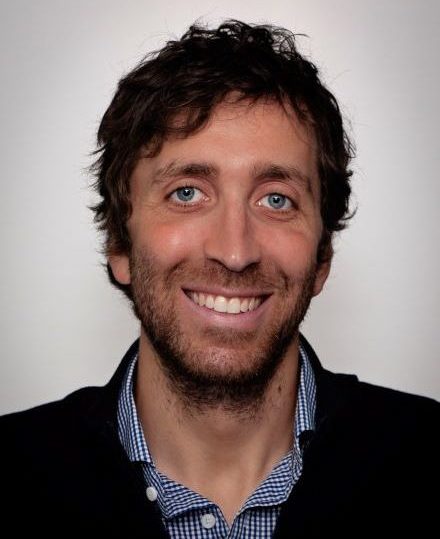David Massicotte-Azarniouch, MD
Assistant Professor at the University of Ottawa and Associate Scientist at the Ottawa Hospital Research Institute in Ontario, Canada
David Massicotte-Azarniouch, MD, Assistant Professor at the University of Ottawa and Associate Scientist at the Ottawa Hospital Research Institute in Ontario, Canada, has been awarded a two-year grant through the Vasculitis Foundation’s Young Investigator’s Award Program. The aim of his study, “Steroid Minimization in ANCA-Associated Vasculitis For Safe Effective Treatment – the SAFE-T project,” is to develop a clinical trial that will look at minimal use of steroids (no more than four weeks) during induction therapy of severe anti-neutrophil cytoplasmic antibody (ANCA)-associated vasculitis (AAV) with the use of the current standard of care, widely available immune suppressants.
Induction therapy is the treatment given to alleviate the symptoms of AAV when they are first present at diagnosis, and at their most severe. “This is a crucial part of AAV treatment because it’s at a time when there’s the potential to limit permanent organ damage and help patients regain organ function and avoid organ failure,” Dr. Massicotte-Azarniouch said. Induction therapy usually consists of glucocorticoids (steroids) used at high doses initially, and then gradually reduced to lower doses over a few months, along with other immune suppressant drugs for AAV—rituximab and/or cyclophosphamide. “It’s during this period that patients usually feel the most improvement in symptoms with treatment but also when they are the most immune suppressed and at risk of side effects from medications such as steroids,” Dr. Massicotte-Azarniouch said.
Treatment of AAV is often effective in gaining disease control, but it can lead to major side effects. “In particular, steroids have been the cornerstone of vasculitis therapy for decades,” Dr. Massicotte-Azarniouch explained. “While their efficacy in controlling symptoms is undeniable, so is their extensive side effect profile, especially with prolonged use at high doses.”
Although great strides have been made in using less steroids to treat vasculitis, further progress can be made. “A new medication has shown that drastic reductions in steroids, less than four weeks, was possible when combined with the usual immune suppressants used to treat AAV. However, this new drug is expensive, not covered by all insurances nor is it available in all countries,” Dr. Massicotte-Azarniouch said. Therefore, many patients with AAV around the world cannot access it and are left with receiving months of steroids while living through the side effects.
By providing a way of treating even the most severe forms of AAV with minimal steroids using immune suppressants, Dr. Massicotte-Azarniouch hopes to demonstrate that even in the most severe cases of AAV (those with organ- or life-threatening disease), they can be effectively treated with minimal steroids.
“This project seeks to find a universally available way of reducing the amounts of steroids used for treating AAV, which will directly benefit patients by decreasing side effects and long-term complications from treatment and improving quality of life.”
Dr. Massicotte-Azarniouch has undertaken this project through the guidance and mentorship of Michael Walsh, MD, PhD—a vasculitis researcher who published the largest study ever done in vasculitis in 2020 (the PEXIVAS trial). “We have also formed a network of potential collaborators that includes key opinion leaders and successful researchers in the field of AAV around the globe who have manifested interest in studying this question,” Dr. Massicotte-Azarniouch said.
The protocol for the trial will be developed through surveys of vasculitis clinicians, patient partners and patients who have been through AAV treatment, as well as a network of key collaborators of vasculitis researchers. “My goal is to begin enrolling patients into a trial within the next two years,” Dr. Massicotte-Azarniouch said. “This initial study will provide a basis for growth of the project to other centres worldwide, becoming an international collaboration; a necessary process to properly examine a rare disease such as AAV.”
Dr. Massicotte-Azarniouch believes that his current project will provide great opportunities for further advancing research in AAV. “It could open avenues for studying more personalized induction therapies in AAV, for example, treating patients based on the severity of disease manifestations and on certain patient characteristics,” he said. “Also, it could offer the chance to improve our understanding of how we define AAV disease activity and remission, and how best to identify when patients are in remission—a crucial part of managing patients with ANCA vasculitis in the long term.”


